Online shopping giant eBay has teamed up with specialist retailer Saatchi Art to create an experimental personalized shopping experience, which brings together art and technology to uncover shoppers’ subconscious desires.
For just 48 hours, the two retailers invited a select number of guests to attend a personalised shopping event, called The Art of Shopping.
Before entering a gallery filled with artworks, all guests were hooked up to headsets incorporating electroencephalogram (EEG) technology – which monitors electrical activity in the brain.
This ‘mind-tracking technology’ – supplied by tech company MyndPlay – was able to locate moments when the wearer was inspired by what they saw in front of them. It used this to create personalised shopping carts.
Robb Hattrell, vice president of eBay UK, described the technology as “the future of shopping”.
“Shopping has always been intensely personal,” he told Dezeen. “It’s an expression of what makes you, you.”
At The Art of Shopping, guests were taken through a series of gallery spaces. In the first, they were asked to interact with games on an iPad to help “warm up” their brain.
In the second and third spaces, they were encouraged to browse artworks and were asked to stand in front of the ten pieces they liked best for at least 20 seconds. The paintings, sculptures and installations featured were all hand-picked for the project by Saatchi Art’s chief curator Rebecca Wilson.
At the end visitors were presented with a personalised report showing which pieces of art triggered the strongest brain activity, and a digital shopping cart containing the items based on their subconscious preferences.
“Using the backdrop of the ultimate place of inspiration, an art gallery, we opened the first subconscious shopping experience, enabling people to shop authentically, and creating shopping carts that reflected what makes them, them,” said Bradford Shellhammer, who is head of personalisation and engagement at eBay.
The algorithm used to match customers with artworks was developed by behavioral psychologists. It is designed to be used with the billion items on sale on eBay’s virtual marketplace.
Shellhammer – whose previous ventures include online design stores Bezar and Fab – claims the technology could be a game changer for companies like eBay, to better predict what customers are interested in.
“With over one billion items for sale at any one time on the eBay global marketplace, we know that we have something for everyone,” he said.
The eBay team embarked on the project after commissioning a report on the neuroscience of what motivates buyers.
The report investigated the difference between two types of buyers, ‘shop-y-cats’ who impulse-buy to fit in with trends, and ‘inspired shoppers’ who prefer to discover unique items.
The data showed that the former group found the shopping experience draining and quickly tired, whilst the more inspired shopper could browse for longer and experienced a prolonged emotional high at checkout.
“We know that inspired shopping delivers a prolonged adrenaline high at checkout, comparable to a Formula One driver finishing a circuit,” added Shellhammer.
eBay isn’t the only company exploring ways of offering personalised experiences to consumers – there are also designers looking into the idea.
Others include Dutch designer Merel Bekking, who is designing furniture based on the subconscious style preferences of her clients, while British designer Matthew Plummer-Fernandez has used an algorithm to create personalized driving companions.

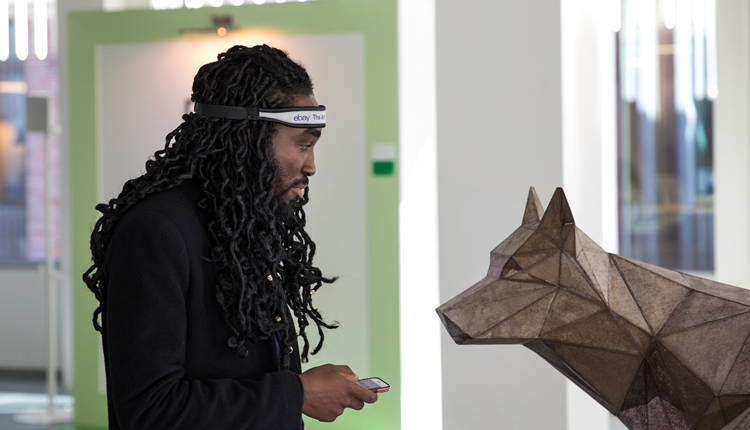
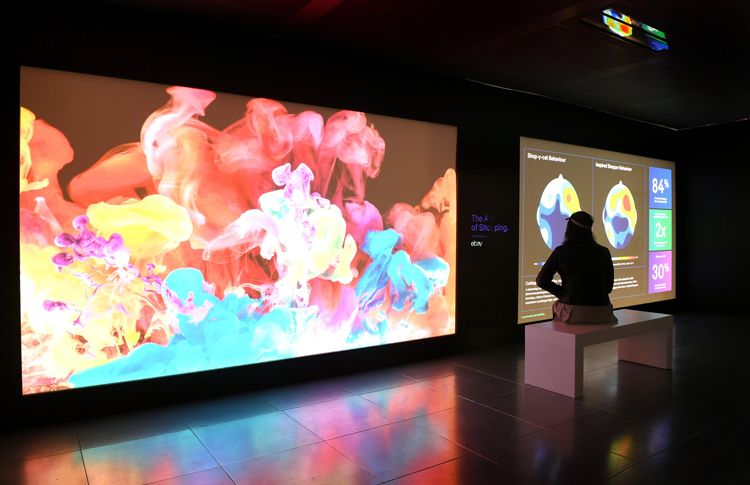
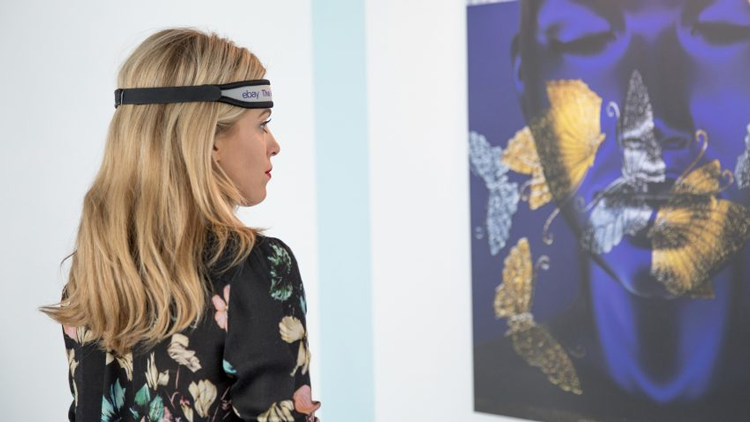
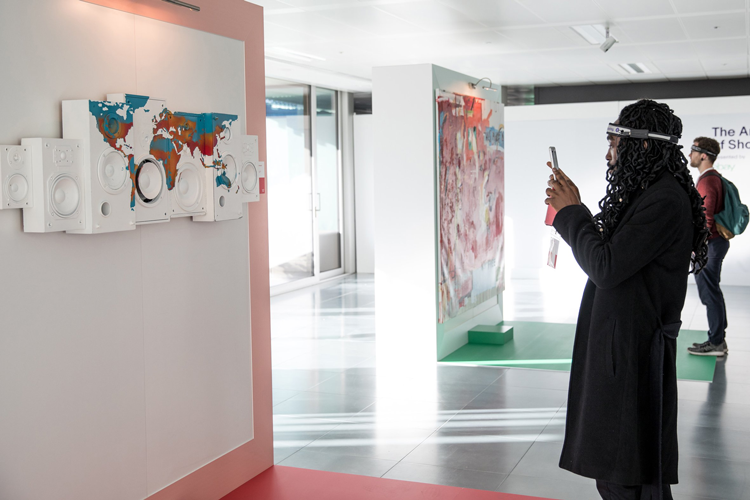
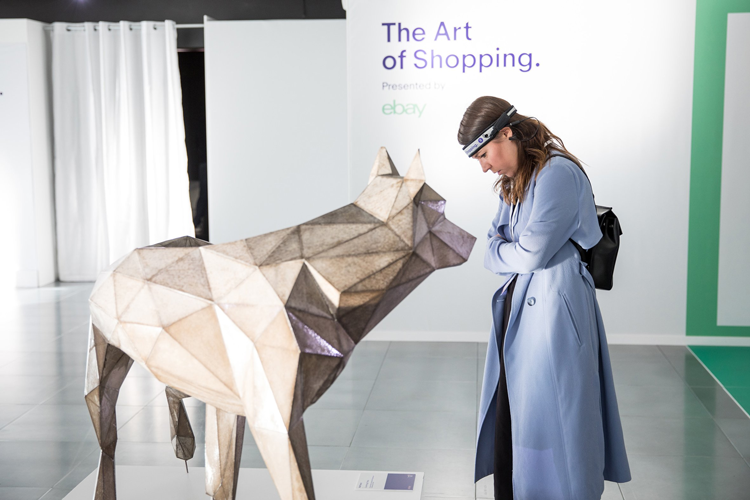
Comments are closed, but trackbacks and pingbacks are open.